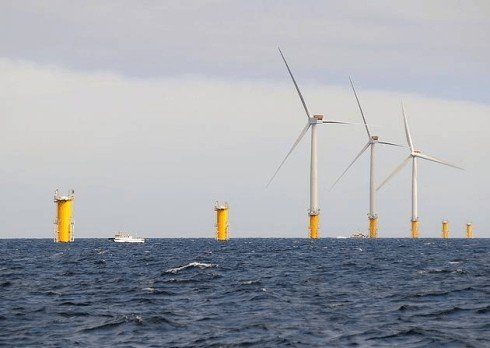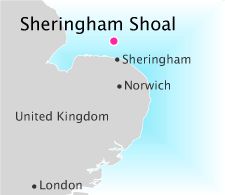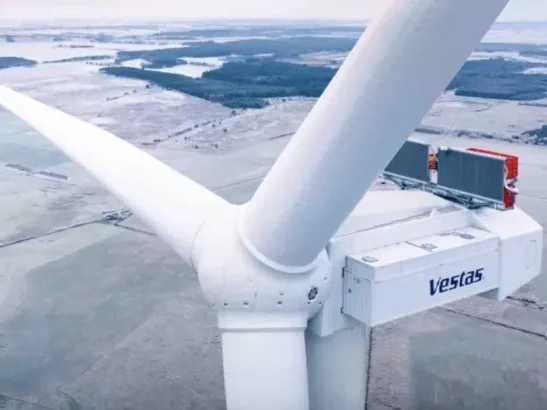Matthew Knight has been banging the drum and spinning the rotors for offshore wind power for a number of years now. He is Head of Business Development for Siemens Transmission and Distribution Ltd. Matthew led Siemens entry into the market for designing and building UK offshore grid connections, winning 4 out of 5 UK Round 2 projects. Previously Matthew was Operations Manager and established a team to design and build onshore grid substations.
He is a member of the UK Department of the Energy and Climate Change Renewables Advisory Board grid group and of Renewable UK’s offshore grid and offshore strategy groups. He is also Chair of the IET’s Power Systems and Equipment Technical and Professional Network.
Knight argues that if manufacturers were to mass-produce standardised substations and cables, then offshore transmission cost could be cut by a third. This would be of particular benefit to the UK because Britain has the best offshore wind resource in Europe. Although more than 45 GW of projects are planned representing an investment of over £120 Billion, building the wind farms and connecting them to the onshore grid presents a whole string of challenges; not just technical, but those involved with planning, regulation and financing.
By way of background, in 1998 the British Wind Energy Association (now Renewable UK) began discussions with the government to draw up formal procedures for negotiating with the Crown Estate, the owner of almost all the UK coastline out to a distance of 12 nautical miles (22.2 km), to build offshore wind farms. This led to Round 1 of UK offshore wind power development, with 17 applications granted the right to proceed in 2001. The results of the next round of bids, Round 2, were announced in December 2003 with 15 projects awarded with a combined power generating capacity of 7.2 GW.
The Crown Estate launched the third round of site allocations in June 2008. Round 3 is envisaged on a much bigger scale than either of its predecessors – up to 25 GW. On 8 January 2010 the successful bidders were announced. Following the allocation of zones, individual planning applications still have to be sought by developers before construction could begin so the first Round 3 projects are not expected to begin generating electricity before 2015.
As an example three UK projects that have been built recently – Sheringham Shoal which is 315MW, Thanet which is 300MW and Lincs which is 275MW – that’s three projects for three different customers all plus or minus a few MW. Knight considers that larger Round 3 projects should be built in standard blocks, enabling the supply chain to better predict demand and improve the efficiency of transmission technologies.
Sheringham Shoal- North Norfolk, East coast of England.
Knight said, “If future projects were building in 300MW blocks or 500MW blocks, that would allow people like Siemens and ABB and Alstom Grid, all under commercial pressure, to optimise the best 500MW substation they could and that would lead to overall savings”.
But doesn’t that amount to collusion? He denies this, saying “we’re just looking for a degree of uniformity that allows competition to result in better solutions.” Knight says that because the UK has got the biggest plans for offshore wind compared to any other European country, it’s in a good position to show leadership and set a default size. The UK Government also wants to keep costs as low as possible so that a switch to renewable energies isn’t going to increase customer fuel bills.
A study by the UK National Grid last year found that this approach could slash the capital cost of grid connections by up to 25 per cent. The National Grid has also already awarded connection agreements for Round 3 wind farms which will allow the sharing of transmission links
However, there are concerns within the industry that such an approach as suggested by Knight will also put early wind developers at risk of building expensive infrastructure to help support future projects that could be left stranded if these later wind farms never come to fruition.
by Colin Houghton








